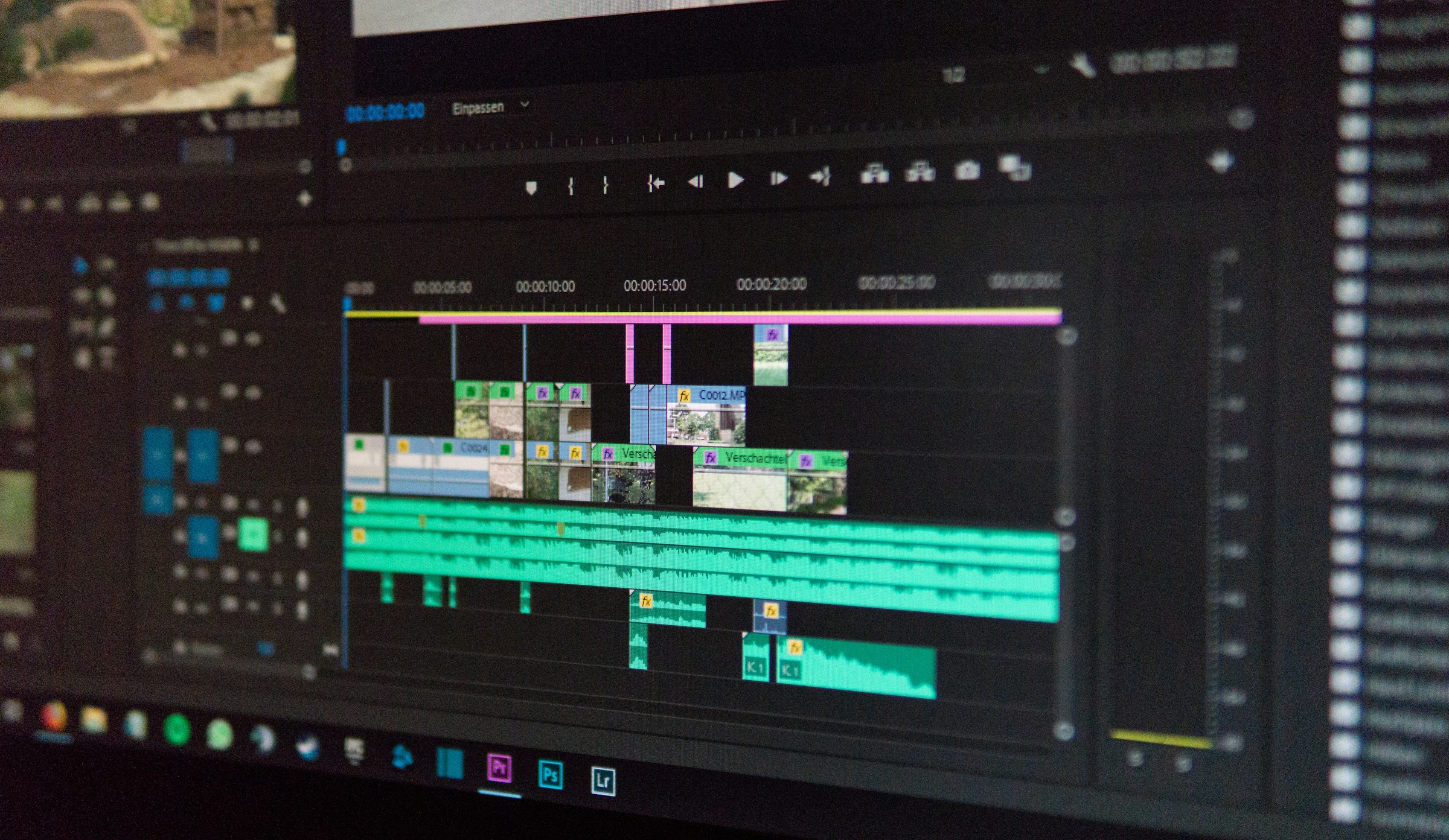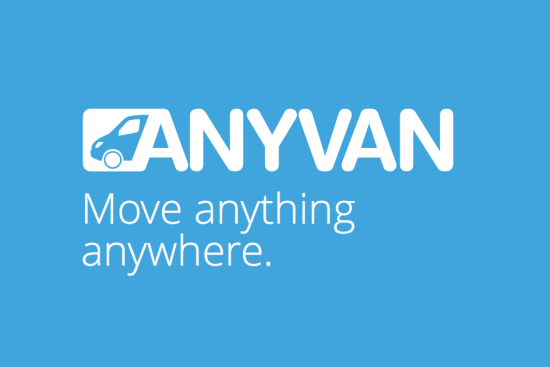
In today’s digital world, video content is king. From YouTube to TikTok, social media and professional platforms are flooded with videos aiming to captivate, inform, or entertain audiences. Whether you’re a budding content creator, a small business owner, or someone looking to explore video editing as a hobby, having the right knowledge and tools can transform your raw footage into engaging, high-quality content. In this beginner’s guide for 2024, we’ll cover the essentials of creating engaging video content using beginner-friendly editing software.
Why Video Editing Matters
With millions of videos uploaded daily, standing out in the crowded digital landscape requires more than just shooting footage. Editing is where the magic happens—it’s where you enhance visuals, improve pacing, add soundtracks, and insert effects to make your content engaging. For beginners, this might sound overwhelming, but modern editing software has simplified the process significantly, even for those with no prior experience.
Learning how to edit videos not only improves the overall quality of your content but also helps convey your message more effectively, whether it’s to entertain, educate, or promote a product or service. Well-edited videos can grab attention, hold viewers’ interest, and increase engagement metrics like likes, shares, and comments.
Let’s explore how you can get started.
Choosing the Right Video Editing Software for Beginners
When starting out, it’s essential to pick the right video editing software. Fortunately, there are a variety of programs tailored to beginners, offering intuitive interfaces and helpful features. Below are some of the top options available in 2024:
1. Adobe Premiere Rush
Designed for creators on the go, Adobe Premiere Rush is a simplified version of its big brother, Adobe Premiere Pro. It’s a perfect balance between simplicity and power, making it ideal for beginners. With its drag-and-drop functionality, intuitive layout, and cloud synchronization, you can edit videos on multiple devices, from smartphones to laptops.
2. iMovie (for Mac Users)
iMovie is a free, user-friendly video editing software available on Apple devices. Its intuitive interface allows new users to cut, trim, and add effects to video clips effortlessly. Despite being free, iMovie offers a variety of transitions, templates, and audio effects that can make your videos look polished and professional.
3. Filmora
Filmora is well-known for its simple user interface and built-in effects, perfect for beginners. It comes with a wide selection of templates, music, and filters that make video editing easier for those who want to create compelling content without diving too deep into technical complexities. Filmora’s drag-and-drop system and pre-built effects save time and effort.
4. DaVinci Resolve
If you’re looking for something free yet professional, DaVinci Resolve is one of the most powerful editing tools available. While it has a steeper learning curve than other beginner software, it offers a range of professional-grade color correction tools, audio editing, and visual effects. DaVinci Resolve can be an excellent choice for beginners who want to grow their skills over time.
5. InVideo
For users who want to create short, impactful videos for social media, InVideo is a fantastic option. It focuses on templates and pre-built animations that can transform simple footage into a dynamic video. InVideo’s interface is designed for non-professional editors, making it easy to produce quick, engaging content with minimal effort.
Getting Started: The Basics of Video Editing
Once you’ve chosen the software, it’s time to dive into editing. Here are some foundational tips and techniques that every beginner should know.
1. Organize Your Footage
Before you start cutting your video, it’s essential to organize your footage. Many beginner editors make the mistake of jumping straight into the timeline without reviewing their clips. Start by reviewing your raw footage and sorting it into folders (e.g., by scene or subject matter). This will make the editing process smoother and faster.
2. Master the Timeline
The timeline is the heart of video editing software. This is where you’ll place your video clips, arrange them in order, and trim them to the desired length. Most editing programs allow you to drag and drop clips into the timeline, where you can adjust the in-and-out points. The goal is to create a coherent sequence that flows naturally.
A tip for beginners: Don’t be afraid to cut out unnecessary parts of your footage. If a shot doesn’t serve the story or message, remove it. Concise videos are often more engaging and easier to watch.
3. Add Transitions Wisely
While it might be tempting to use fancy transitions like spins or swirls, it’s best to use them sparingly. For most professional-looking videos, simple transitions like “cut,” “fade,” and “dissolve” work best. These subtle transitions maintain the flow of your content without distracting the viewer.
4. Incorporate Music and Sound Effects
Audio is just as important as visuals when creating engaging content. Many editing software options come with built-in music libraries or allow you to upload your own soundtracks. When choosing music, make sure it complements the mood and pacing of your video.
In addition to music, sound effects can add another layer of engagement to your content. Whether it’s a subtle background noise or a deliberate sound cue, sound effects can help set the scene or emphasize key moments.
Pro tip: Always ensure that you have the legal rights to use the music or sound effects in your videos, especially if you’re posting them on public platforms like YouTube or Instagram.
5. Use Text and Titles
Text is a great way to emphasize key points, introduce speakers, or provide additional context to your video. Most beginner video editing software includes basic text tools, allowing you to add titles, lower-thirds, and credits to your project. Use fonts and colors that match your brand or theme, but keep it clean and legible.
When adding text, avoid overloading the screen. Too much text can overwhelm your audience, detracting from the visual content. Instead, opt for short, impactful titles that add value without cluttering the video.
6. Experiment with Color Grading
Color grading is a powerful tool that can change the mood and tone of your video. While you may not need to dive into complex color correction as a beginner, most editing programs offer preset filters that can enhance the look of your video. These filters can make your footage look warmer, cooler, or more vibrant, depending on the aesthetic you’re going for.
For more advanced users, tools like DaVinci Resolve offer detailed color grading options, allowing you to manipulate every aspect of the image’s color and exposure.
Engaging Your Audience: Tips Beyond Editing
Great editing is crucial, but it’s only part of the equation. To create truly engaging content, you need to consider your audience and the platform where your video will be shared. Here are some additional tips to keep in mind:
1. Know Your Audience
Understanding who you’re creating content for is key to producing engaging videos. If you’re making content for YouTube, long-form educational or entertaining videos may work well. On platforms like Instagram or TikTok, shorter, punchier videos are more likely to capture attention.
Tailor your content to the preferences of your audience, considering factors like age, interests, and what kind of content they already enjoy.
2. Optimize for Each Platform
Different platforms have different video requirements and best practices. For example, YouTube favors longer, high-resolution videos, while Instagram and TikTok prioritize vertical, short-form content. Before you start editing, think about where your video will be shared and adjust your editing style accordingly.
3. Hook Viewers in the First Few Seconds
The first few seconds of your video are crucial for grabbing attention. If you’re posting on social media, aim to create a strong hook right at the start. This could be an exciting visual, a compelling question, or a teaser of what’s to come. Viewers often decide within seconds whether they will continue watching or scroll past, so make that opening count.
4. Add Subtitles
Many people watch videos without sound, especially on social media. Adding subtitles ensures that your message is still communicated, even if viewers have their volume off. Most video editing software includes an option to add text, making it easy to include subtitles in your project.
5. Experiment and Iterate
Finally, remember that creating engaging content is a process of experimentation. Don’t be afraid to try new things, whether it’s different editing techniques, music styles, or video formats. Monitor how your audience reacts to your videos and use their feedback to improve.
Conclusion
Creating engaging video content may seem daunting at first, but with the right tools and techniques, anyone can do it. By choosing beginner-friendly video editing software, mastering the basics of editing, and tailoring your content to your audience, you’ll be well on your way to producing high-quality videos in 2024. Keep practicing, stay curious, and enjoy the process of bringing your creative vision to life through video.









